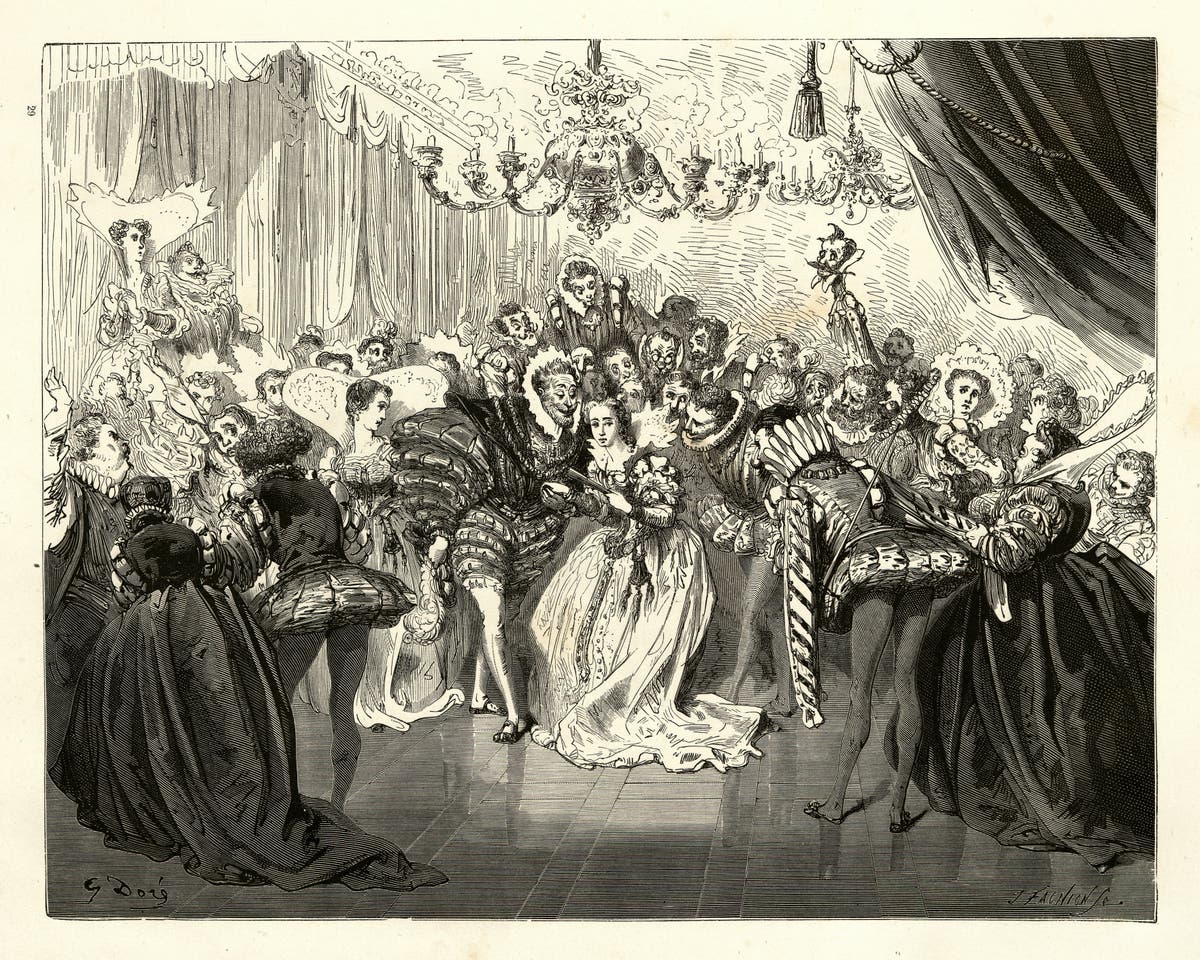[ad_1]
In the words of his advertising department, Andrew Lloyd Webber’s new production of Cinderella offers the public nothing less than “a complete reinvention of the classic fairy tale”. Written by Emerald Fennell (Oscar winner for Promising young Women), the production promises a feminist revision of the classic fairy tale, updating the well-known story to reflect contemporary attitudes towards the genre.
But “Cinderella†has always been a feminist text. You may have heard of characters like Charles Perrault, the Brothers Grimm, and Walt Disney, each playing a key role in popularizing folk history for a new generation. But behind their versions of the classic fairy tale hides an untold story from storytellers like Marie-Catherine D’Aulnoy and the Countess de Murat.
Before the Grimm’s, these pioneer women were drawn to “Cinderella” not because they thought the story needed updating or revised, but because they were drawn to the culture that spawned it. – a storytelling network created by and for women.
The origins of Cinderella
“Cinderella” began life as a folk tale, passed orally from household to household. The first recorded copy dates back to China in 850-860. This version of the story probably entered European society through the women working on the Great Silk Road.
At a time when only men could be writers or artists, women used folk tales to express their creativity. Workers and housewives passed the stories to each other to impart shared wisdom, or to break up the boredom of another day’s work as they worked away from the prying eyes of men.
The Grimm’s made the stepsisters ugly and removed the fairy godmother in favor of a magical wishing tree
These storytelling traditions echo to this day. This is where the notion of old wives’ tale comes from. According to feminist writers like Marina Warner, this is also why we must come to associate gossip with women. “Cinderella†reflects these customs. It’s a story about domestic work, female violence and friendship, and the oppression of bondage. Perhaps more importantly, it’s a story about female desire in a world where women have been denied any role in society.
The precise story of “Cinderella” has always been in motion. In some versions, she still has a mother. In others, the stepsisters resort to the cut of the heels to win the heart of the prince. But whatever the incarnation, “Cinderella” has always been a story of women and for women. So what happened to poor Cinders to make her so helpless?
Well, men. As the story grew in popularity, male writers and artists became interested in adapting the tale. But in doing so, they found in “Cinderella” not a story of fulfilling female wishes but a more general sense of escape.
It was Perrault who introduced the famous pumpkin and the glass slipper, giving the tale its two most iconic characteristics. The Grimm’s made the half-sisters ugly and removed the fairy godmother in favor of a magical wishing tree. These adaptations reflected an unconscious misogyny, stripping the story of much of its feminist potential and making it enchantment rather than representation.
Cinderella goes to the movies
These traditions are perpetuated in the film adaptations of “Cinderella”. The first person to adapt “Cendrillon” for the big screen was the French magician turned director Georges Méliès. In his hands, the character has become little more than a passive, frightened wreck, his work appearing to stand in the corners of the shots and be amazed by the last special effect appearing on screen.
Decades later, Walt Disney used “Cinderella” as part of the studio’s strategy of exploiting European folk tales for popular entertainment, a tradition that began with Snow White and the Seven Dwarfs (1937).
Walt Disney is both a beloved and controversial figure in American history
(Getty)
Released in 1950, Disney’s Cinderella reflected the conservative values ​​of American society at the time. The evil stepmom figure took on a supervillain quality in the form of Lady Tremaine. While the stepmother figure had been the antagonist in most versions of popular story, Disney’s Tremaine was a villain to rank among the studio’s many infamous examples of monstrous women. In the hands of Disney, an often nuanced character from the original tale has been transformed into a living caricature of female power and greed.
The most recent live-action remake starring Cate Blanchett as Tremaine did little to change these preconceptions about the popular tale, as “Cinderella” has become a nostalgic symbol not just for the storytelling of childhood, but for Disney as the most popular storyteller. The role of women in the creation of “Cinderella” as we know it has been lost for animation and special effects.
So what’s the moral of the story of this particular fairy tale? If anything, it’s that “Cinderella†isn’t a story that needs a complete reinvention. Instead, the story must be salvaged from the hands of those who would dismiss it as just a fairy tale or use it as a show vehicle to the detriment of the story buried below.
Alexander Sergeant is Senior Lecturer in Film and Media Studies at the University of Portsmouth. This article first appeared on The conversation
[ad_2]

